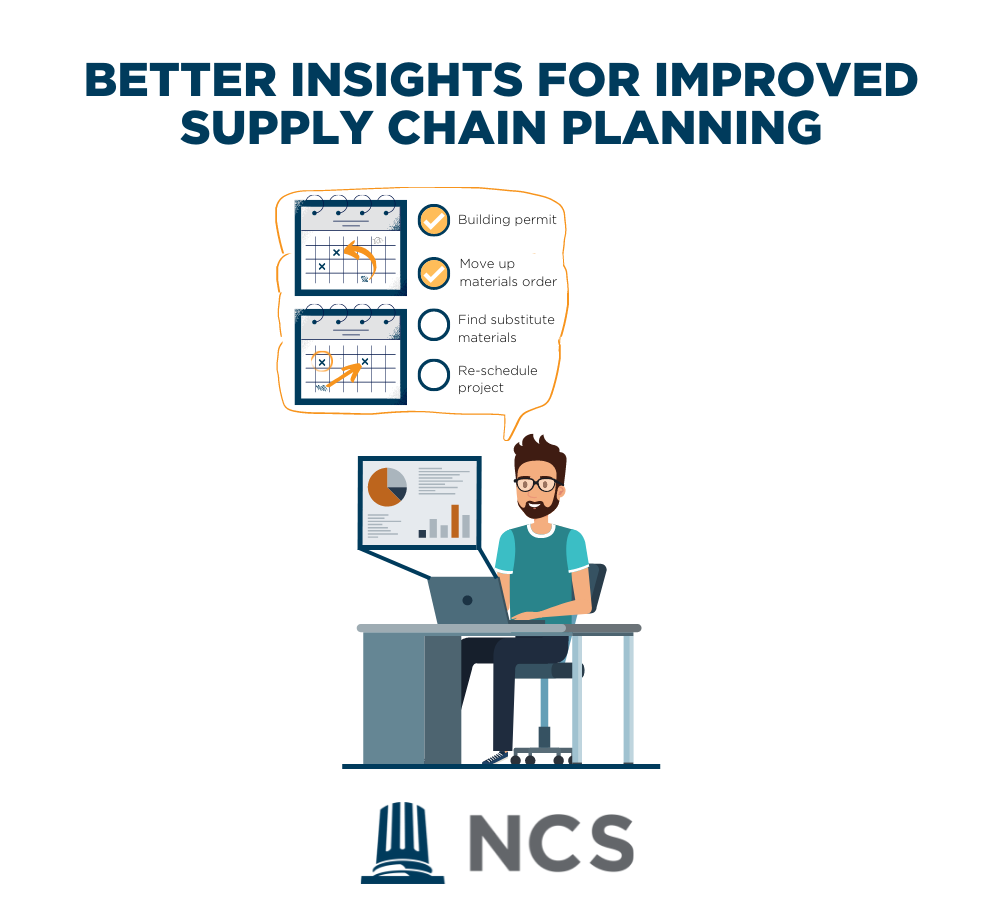The good news is the cannabis industry is growing in terms of new states legalizing medical and recreation use and consumer usage, even through the COVID-19 pandemic. This growth translates into more facilities and jobs. However, the timing of this growth is during a unique restarting of a global economy and supply chain. The ability to keep pace under the current constraints and increasing costs requires an understanding of the supply chain and proper planning to navigate. Since the term “supply chain” has multiple meanings, I am specifically referring to the “traditional” operational supply chain related to the movement of products and not the supply chain concept related to the stages and licensing of the cannabis industry.
The legal cannabis industry grew 27.7% to an estimated $23.6 billion in sales in 2021 according to a report published on MJBizDaily.com (1). The 2022 Leafly Job Report (2) also identified an estimated 428,059 US full-time equivalent jobs at a 33% increase last year. This expansion is related to both the addition of new legal states and current legal states increasing sales, ultimately driving up the demand to retrofit and build new facilities and acquire supporting infrastructure materials in a constrained global supply chain.
The awareness of supply challenges is an everyday headline from the chaos created by COVID-19 pandemic, creating product shortages with consumer and durable goods. The cannabis industry is not immune to these challenges and is compounded amidst record growth. The ability to source supplies to build or retrofit new facilities with raw materials for construction and purchase the equipment required to operate is taking longer and costing more.
As an example, steel is a key material needed across all phases of the industry from construction materials to water and manufacturing equipment required for cultivators and manufacturers to shelves in retail operations. The demand for US steel increased an estimated 15.3% (3) with prices up as much as 300% in 2021 (4). In addition to the ability to produce enough steel locally at a reasonable price, the ability to procure lower cost steel from China, even paying the 25% tariffs, has the challenge of navigating the logistics with lack of sea containers and backlog at US ports.
Logistical challenges are not limited to steel. Many supplies and materials are sourced from Asia and are shipped to the US in sea containers. Increases in transpacific shipping fees are eight to nine times higher than the pre-pandemic norm (5) and are taking two to three times longer to arrive, which means as much as 90 days (6). The challenge extends to transportation within the US with trucking freight rates rising by more than 36% in the fourth quarter of 2021 (6). With the increasing trend for consumers ordering products online to be delivered to their homes, the demand for more truckers will continue to put pressure on truck transportation prices and availability.
The increased logistical costs and timelines can be navigated with improved planning projects based on the amount of time it will take to have supplies in time to meet your construction and expansion project deadlines. The ability to scale operations while maintaining reasonable profits also requires better planning on forecasting the increased costs with the forecasted revenue. The ultimate factor to improve planning is to have timely data and insights to make informed decisions against large volumes of data.
- https://mjbizdaily.com/us-cannabis-sales-could-top-30-billion-by-2022/
- https://www.leafly.com/news/industry/cannabis-jobs-report?itm_source=blast&itm_medium=hp-hero&itm_campaign=trf-all-jr-2022
- Global steel demand projected to further grow in 2021-22
- CNBC -How a U.S. steel shortage created a market bubble
- Shipping & Freight Cost Increases, Freight Capacity, and Shipping Container Shortage [2022]
- U.S. Trucking Freight Rates Rise Most in Decades
